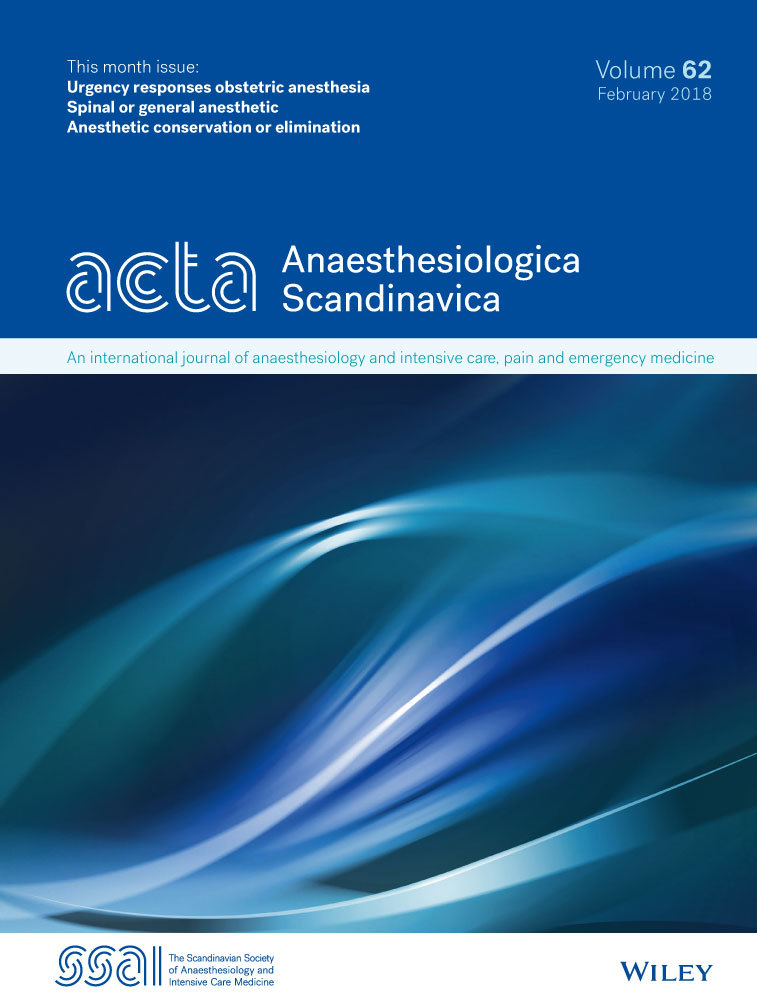Modifications of the National Early Warning Score for patients with chronic respiratory disease
Conflicts of interest
The authors state that they have no conflicts of interest.
Funding
The study was funded by the Capital Region of Denmark. LSR and JAP received funding from the TrygFonden.
Abstract
Background
The National Early Warning Score (NEWS) uses physiological variables to detect deterioration in hospitalized patients. However, patients with chronic respiratory disease may have abnormal variables not requiring interventions. We studied how the Capital Region of Denmark NEWS Override System (CROS), the Chronic Respiratory Early Warning Score (CREWS) and the Salford NEWS (S-NEWS) affected NEWS total scores and NEWS performance.
Methods
In an observational study, we included patients with chronic respiratory disease. The frequency of use of CROS and the NEWS total score changes caused by CROS, CREWS and S-NEWS were described. NEWS, CROS, CREWS and S-NEWS were compared using 48-h mortality and intensive care unit (ICU) admission within 48 h as outcomes.
Results
We studied 11,266 patients during 25,978 admissions; the use of CROS lowered NEWS total scores in 40% of included patients. CROS, CREWS and S-NEWS had lower sensitivities than NEWS for 48-h mortality and ICU admission. Specificities and PPV were higher. CROS, CREWS and S-NEWS downgraded, respectively, 51.5%, 44.9% and 32.8% of the NEWS total scores from the ‘mandatory doctor presence’ and ‘immediate doctor presence and specialist consultation’ total score intervals to lower intervals.
Conclusion
Capital Region of Denmark NEWS Override System was frequently used in patients with chronic respiratory disease. CROS, CREWS and S-NEWS reduced sensitivity for 48-h mortality and ICU admission. Using the methodology prevalent in the NEWS literature, we cannot conclude on the safety of these systems. Future prospective studies should investigate the balance between detection rate and alarm fatigue of different systems, or use controlled designs and patient-centred outcomes.




